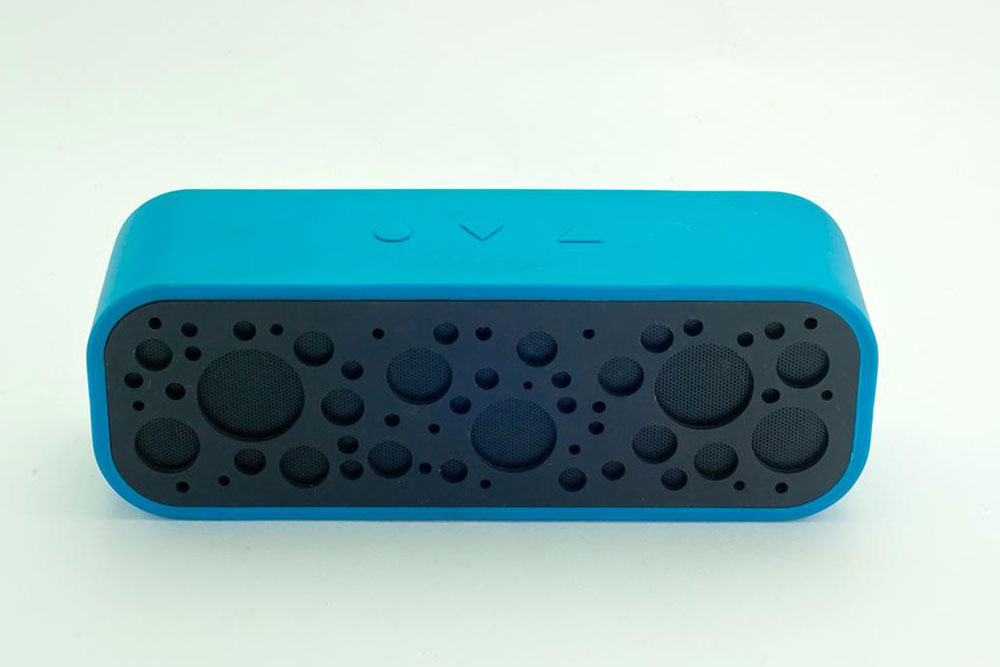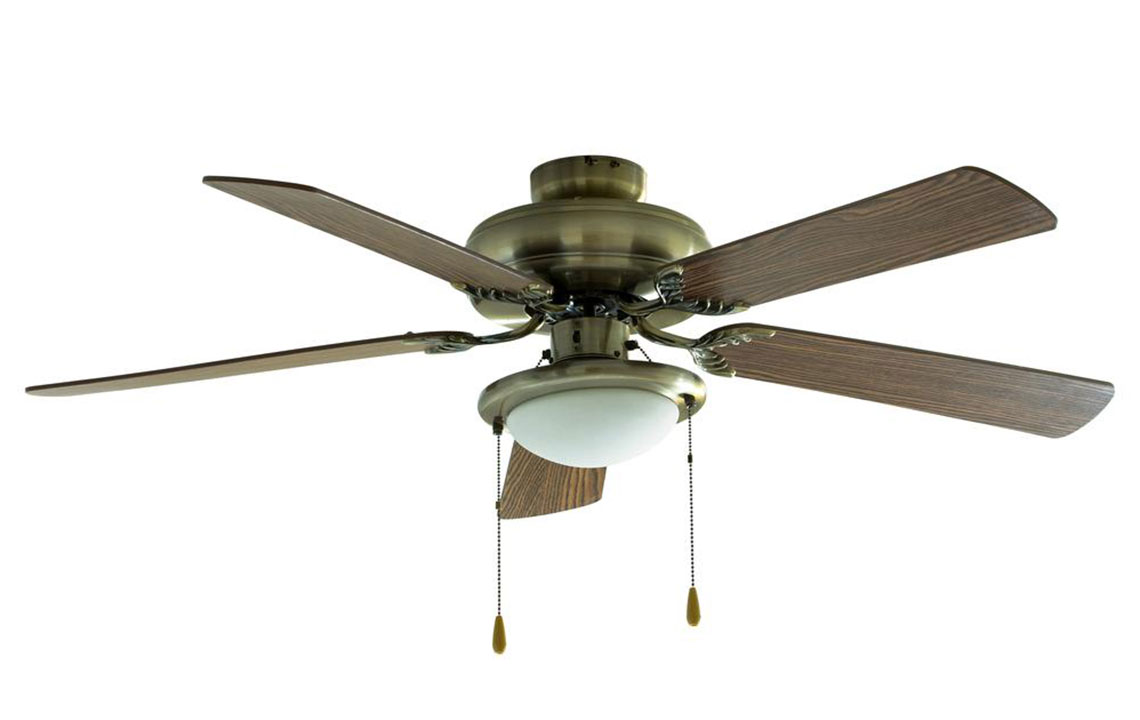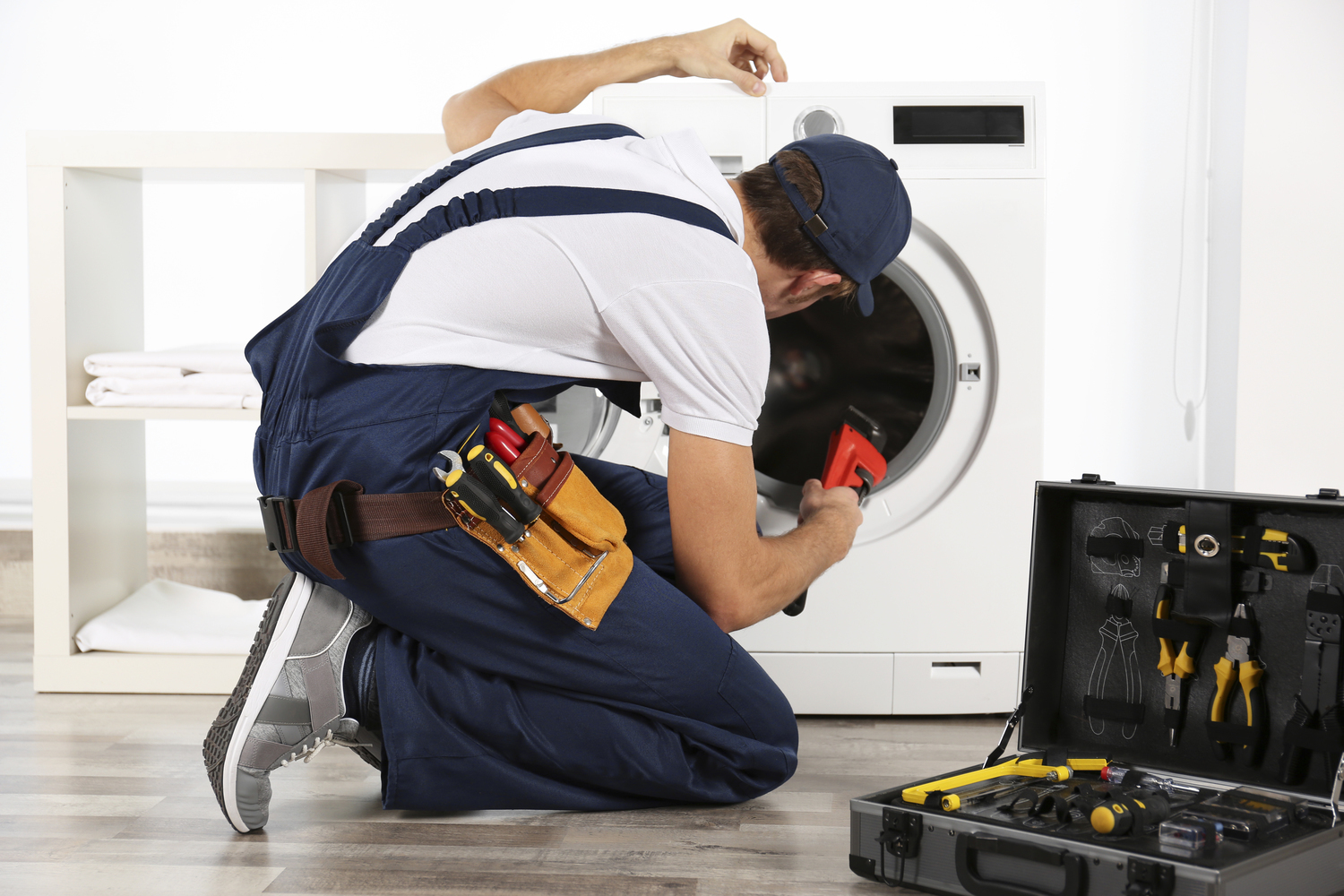Comprehensive Refrigerator Troubleshooting Guide
This comprehensive guide offers essential tips for refrigerator troubleshooting and maintenance. Learn how to identify common problems, perform simple repairs safely, and know when to call professionals. Regular upkeep can extend your appliance's lifespan and ensure optimal performance. Perfect for homeowners seeking to manage minor repairs on their own, this guide emphasizes safety and routine preventive measures to keep your refrigerator running smoothly for years.

Comprehensive Refrigerator Troubleshooting Guide
A reliable refrigerator is vital for preserving food freshness and keeping beverages cool at home. Like any appliance, it can encounter issues over time. Understanding basic troubleshooting and maintenance can prevent unnecessary repairs. This guide covers common refrigerator problems and practical solutions to keep your unit operating smoothly.
Recognizing Frequent Refrigerator Issues
1. Cooling Failure: If your fridge isn't chilling, check thermostat settings, clean condenser coils, or examine the evaporator fan for possible faults.
2. Water Dripping: Puddles around your fridge may indicate a blocked drain or issues with water lines.
3. Ice Maker Problems: If ice production halts or ice is smaller, inspect the water inlet valve or ice-making mechanisms.
4. Unusual Noises: Strange sounds could stem from condenser or evaporator fan motor issues.
5. Freezer Frost Build-Up: Excessive frost can impair freezer performance, possibly caused by a faulty defrost heater or timer.
Essential Tools and Supplies
Prior to repairs, gather these tools:
– Flathead and Phillips screwdrivers
– Multimeter for electrical testing
– Flashlight
– Replacement parts suitable for your refrigerator model
– Cleaning cloth and mild detergent
– User manual specific to your appliance
Simple Repair Procedures
1. Safety Precaution: Disconnect the refrigerator from power before beginning any repair to avoid electrical hazards.
2. Adjust Thermostat: Verify and set the thermostat to the recommended temperature (around 37-40°F in the fridge and 0°F in the freezer).
3. Clean Condenser Coils:
– Find the coils (often at the back or underneath).
– Use a vacuum or coil brush to clear dust and debris, which enhances efficiency.
4. Inspect Evaporator Fan:
– Unplug the unit and remove the fan cover inside the freezer.
– Check for obstructions or damage. Replace the fan if needed.
5. Clear the Drain Tube:
– Locate the drain at the bottom of the fridge compartment.
– Flushing it with warm water or a pipe cleaner can prevent water pooling.
6. Examine Door Seals:
– Test seals with a piece of paper. If it slips easily, replace the seals for better insulation.
7. Test Electrical Components:
– Use a multimeter to check continuity of components like the defrost timer, thermostat, and fan motors. Replace faulty parts.
When to Seek Professional Service
Some problems require expert handling:
– Refrigerant leaks need licensed technicians.
– Compressor repairs and replacements are complex tasks best left to professionals.
– Electrical issues that involve wiring or circuit components should be handled by trained technicians.
Routine Maintenance Tips
To prolong your refrigerator’s lifespan and prevent breakdowns:
– Clean interior monthly and coils biannually.
– Avoid overloading to maintain proper airflow.
– Regularly inspect and clean door seals.
– Defrost the freezer manually if frost exceeds a quarter-inch.
With consistent care and basic troubleshooting, your refrigerator can stay dependable and efficient for years to come.










